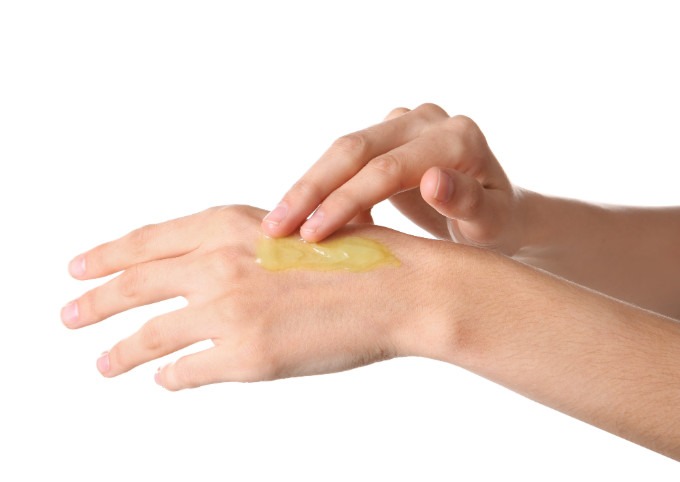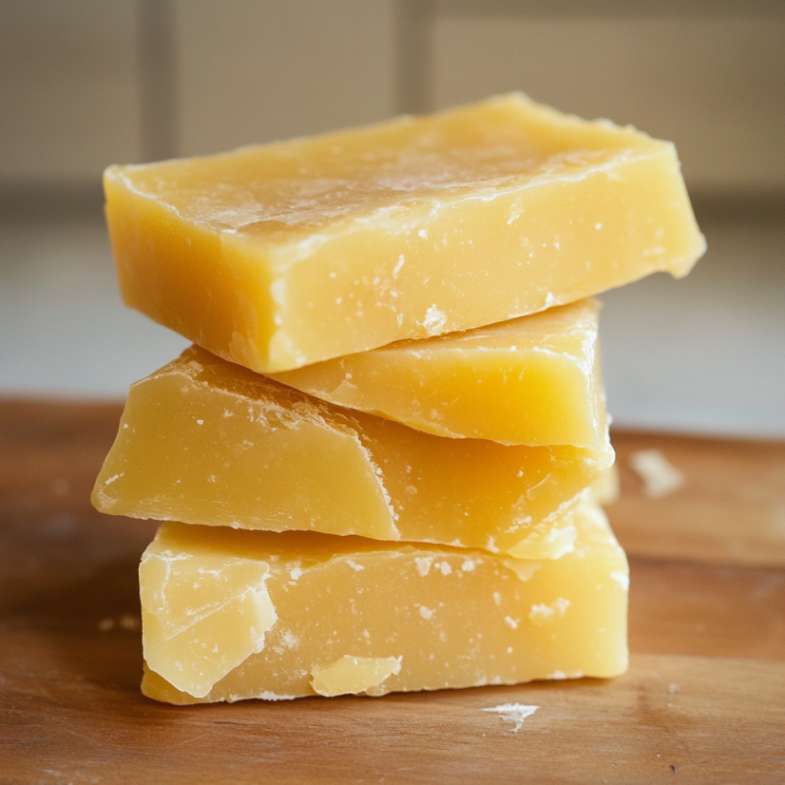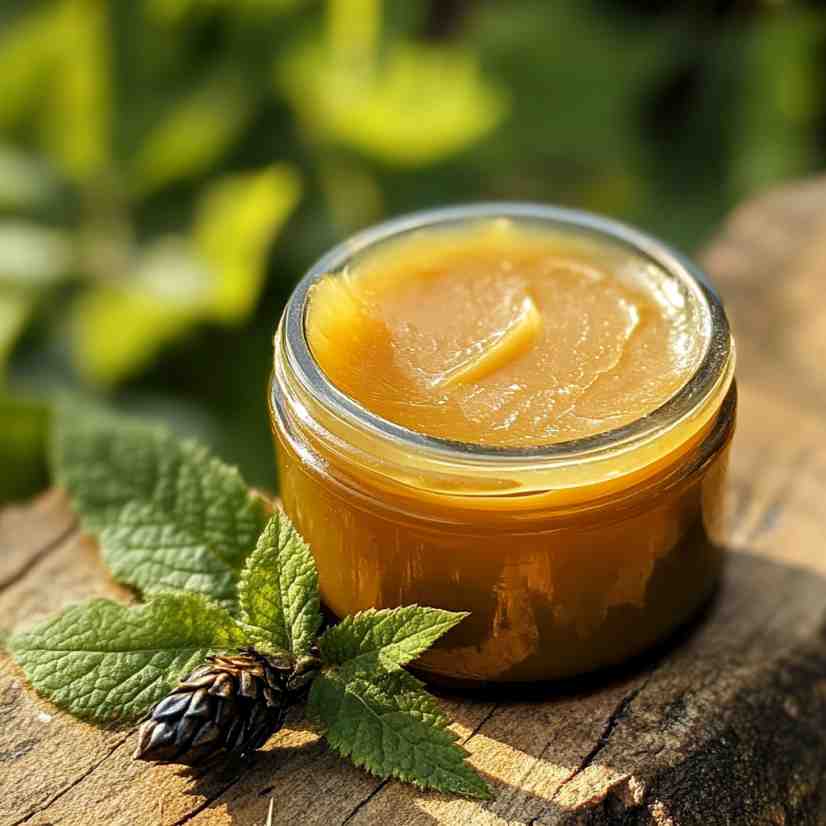How to Make a Universal Antiseptic Herbal Ointment

Make sure to like Living Green and Frugally on Facebook, Shop at Amazon to help support my site and explore our PINTEREST BOARDS for innovative ways you can become self-sufficient.
How to Make a Universal Antiseptic Herbal Ointment
In today’s fast-paced world, it’s easy to forget the timeless wisdom of nature when it comes to healing and wellness. The Universal Antiseptic Herbal Ointment is a powerful reminder of the magic that can be found in the heart of the forest, in your garden, or even in your kitchen. This versatile herbal ointment is a universal antiseptic, an all-natural solution that can help soothe, heal, and protect minor cuts, burns, and skin irritations. In this article, we’ll explore what the Universal Antiseptic Herbal Ointment is, how to make it, and how to use it.
What is the Universal Antiseptic Herbal Ointment?
The Universal Antiseptic Herbal Ointment is a potent herbal salve made from a combination of healing herbs and natural ingredients. It’s designed to be a go-to solution for various skin issues, from cuts and scrapes to minor burns and insect bites. While it doesn’t replace professional medical care, it can be a valuable addition to your natural remedy toolkit.

Ingredients: What You’ll Need
To create your own Universal Antiseptic Herbal Ointment, you’ll need the following ingredients:
- 1/2 cup of Beeswax: Beeswax is the base of your ointment, providing a solid texture and a protective barrier for your skin.
- 1 cup of Coconut oil: Coconut oil acts as a carrier for the healing properties of the herbs and adds a moisturizing element.
- Assorted Herbs: You can choose a variety of herbs based on your preferences and what’s available. Some popular choices include lavender, chamomile, calendula, plantain, and comfrey (adjust quantities based on your preference). These herbs have natural healing and antiseptic properties.
- Essential oils (optional): Essential oils like tea tree oil or lavender oil can enhance the antiseptic properties of your ointment and add a pleasant fragrance.
How to Make Universal Antiseptic Herbal Ointment
- Start by infusing your herbs into the coconut oil. To do this, place the herbs in a glass jar and cover them with coconut oil. Seal the jar and let it sit in a sunny spot for about two weeks. This allows the beneficial properties of the herbs to infuse into the oil.
- After the infusing period, strain out the herbs, leaving you with herb-infused coconut oil.
- In a double boiler, melt the beeswax. Add the herb-infused coconut oil and mix well until fully combined. You can add essential oils at this stage if you’d like.
- Pour the mixture into small, clean containers, like tins or glass jars, and let it cool and solidify.

How to Use Universal Antiseptic Herbal Ointment
Universal Antiseptic Herbal Ointment can be used for a variety of minor skin issues:
- Cuts and Scrapes: Clean the wound, apply a small amount of ointment, and cover with a bandage. Reapply as needed.
- Burns: For minor burns, apply the ointment to the affected area after cooling it with cold water.
- Insect Bites and Stings: Apply the ointment to relieve itching and reduce swelling.
- Skin Irritations: Use the ointment to soothe rashes, chafing, and dry skin.
- Chapped Lips: Universal Antiseptic Herbal Ointment can also be used as a natural lip balm.
Remember that while this ointment can provide relief for minor issues, it is not a substitute for professional medical care. If a wound or skin condition worsens or does not improve, consult a healthcare provider.
In conclusion, the Universal Antiseptic Herbal Ointment is a wonderful, all-natural addition to your home remedies arsenal. It harnesses the power of herbs and natural ingredients to provide relief and healing for minor skin issues. As with any remedy, it’s essential to remember that while it can be a valuable tool, it doesn’t replace medical advice and attention when needed. So, keep your Universal Antiseptic Herbal Ointment handy, embrace the natural world, and seek professional guidance when necessary.
Disclaimer: I am not a medical professional. This article is for informational purposes only. Please consult a healthcare provider for advice on medical conditions.